|
Standing in our lambing jugs, surrounded by the sounds and smells of sheep carried me back to my childhood. My parents got their first bottle lamb when I was a baby or maybe before I was born. When I was 9 or 10, they brought a lamb into the house that was struggling. I'll never forget watching her get her bearings and learning to stand on the little braided rug. She was perfect in my eyes, and soon she was more than perfect - she was mine. A few years after I married Virgil, he humored me and bought two bottle lambs. I named them Hunca Munca and Puddles and we raised them for the summer before giving them to some friends who had room for them. I kept dreaming of sheep. Two Mother's Days ago, a little truck drove down our driveway and I was the owner of two adorable Babydoll Southdown ewe lambs. I named them Kitra and Demelza and I was in love with them. Finally, two years later, they were due with their own babies and I spent my days in watching them. The first lambs to be born on our farm were arriving soon and I couldn't stay away. Kitra started to breathe with a grunt when she was laying down about 3 weeks away from her due date and I panicked. It reminded me of pneumonia in a cow and I was afraid something might be wrong with her. But after checking in with a sheep group, everyone assured me it was normal, so I simply checked her more often. We came home from church one night and she was zoned out and breathing heavy. I hoped it was the beginning stages of labor and set my alarm for every two hours throughout the night. Of course, I couldn't sleep and kept running out to check her. If she was in labor, she would be early, but not too early. I just needed to be there to make sure everything went smoothly and the lambs didn't need care. I almost decided to sleep in the barn, but one of the kids was sick and so I contented myself with hovering between child and sheep. I finally fell asleep around 1:30 am and dreamt about performing a c-section on a sheep because it died while in labor. I woke up and attempted to shake off the horror. I wondered if I'd have the nerve to do that. Virgil took the 4:30am check for me and soon was shaking me awake. "The white sheep is dead." My heart sank, but somehow I wasn't surprised. I knew I should've followed my gut feeling. We hurried out to her and briefly considered a c-section, but some quick research revealed that you have 3 minutes from the death of the ewe to the death of the lambs. We gave it up and went back to bed to lay awake and wonder how we could mess up so badly the first time. I drug myself to town the next morning to buy everything we needed to perform a c-section and treat ketosis. If this ever happens again, we will be prepared. Ketosis, also called twin lamb disease, is caused by the lambs taking more from the ewe than her body can keep up with. While there are home remedies, I would take a sheep to the vet at the first sign from now on. A sheep will be lethargic, possibly struggle to breathe, and lose it's appetite when it has ketosis. If you have sheep, take the time to read up on it. It's rare and many new shepherds don't know about it. It can progress quickly and sometimes the only recommended fix is to put the ewe down with a .22 and save the babies, if a vet isn't available. I shudder at the thought, yet I know it's better than losing everything. Farming is rainbows and butterflies in the middle of a tornado sometimes - you really have to look for the bright spots. Demelza was lonely. Kitra was her twin and they had never been separated, although there was a brief period where Kitra thought she was an alpaca and abandoned Demelza. She got over it and they were never far apart. We brought one of our young ewes into the barn to keep Demelza company and I obsessed over every sign that labor may be imminent. Every day it seemed she was more tired, her bag was fuller, her vulva more relaxed and her appetite was constantly changing. All of these are signs labor is imminent, but they're also just the natural, slow progression that lasts for many weeks for some ewes. A sheep may be restless, paw the ground, leak mucus, grow her udder, sleep in weird positions, slow down in eating, and breathe faster/ harder for weeks before going into labor. Finally, one day, I knew it was the day. I could just tell. All my obssessive watching was paying off and I knew she had reached crossed the line between discomfort and impending labor. All morning she was restless. She laid down, stood up and walked a few feet and laid down another way. She ran to sniff the fresh hay I put out, ate a few bites and then stared off into space. I kept thinking I'd see a water bag any minute. But nothing all morning. Around 1, I could see her contracting. A sheep contraction looks kind of like a sharp, deep breath, and she'd jerk a little. Nothing was super regular and I tried to leave her alone as much as possible. Evening came and nothing was progressing. I could tell she was getting super tired, sleeping between contractions, laying in one position for much longer than she had. I barely resisted the urge to reach in and just pull her lamb(s) out. I ate supper with one eye on my camera app. When supper was over, I checked on her again. I could tell she was close, so I settled in to keep a close watch on her. Sure enough, she began pushing and out came a water bag! The relief gave me the energy spurt I needed. She continued pushing and I wondered if she'd be able to keep it up. She was more exhausted than I liked to see. Finally she gave a mighty push and I saw a little nose. I got closer, hoping to see it resting on tiny hooves, but no, just a nose. Dread dropped into my stomach like a rock. As tired as she was, I was pretty sure she wouldn't be able to get a lamb out that wasn't presenting right. I called Virgil down and we gave her some more time, hoping we wouldn't have to intervene. But she was getting nowhere, so I put on some gloves and gingerly felt around the lambs head with two fingers. I was afraid I wouldn't have what it took to reach in and bring the legs around. But I didn't have a choice. I grabbed a shoulder length glove and dove in. I had read how to rearrange a lamb many times in preparation for this moment, but I couldn't remember any of it. All that came to my mind were James Herriot's straight forward descriptions of ewes he helped many years before. Just like he described, I ran my hand along the lamb's head, then neck, until I reached a shoulder and on down to a hoof. I tried to bring it forward, but the lamb's head was too close to being delivered. I started again, this time grabbing its head and pushing against Demelza back down the birth canal. Finally, it was back in far enough that I couldget a good feel. The lamb was laying sideways with its front legs twisted together. I was able to untwist them and bring one leg forward. Such relief. Back in again, I went down the other side. Getting the second leg out was much easier. Now, with its head resting on its front legs, we hoped she'd be able to get it out. I hated to even imagine how awful all this must've felt for my poor sheep. She strained a few times and the lamb didn't budge. His water sack burst and we could see him trying to breathe. Terrified he might suffocate or drown in fluid, we ran for twine. I tried again and again to get it around his front hooves, but couldn't, so Virgil stepped in and got it done. I waited for her to push again and gently pulled. It wasn't long before the lamb was out, but he was limp. The kids gave me a towel and I began to rub him as vigorously as I could. He started to breathe and fluid bubbled from his nostrils. The kids ran for a bulb syringe and I suctioned them out several times. He began to perk up. All this time, Demelza lay flat out her side, not moving. Fear began to well up again. What if I lost her after all of this? I grabbed the lamb and laid him up by her nose. She was immediately interested. Without lifting her head, she nuzzled him and he responded. I turned my attention to her, grabbing some nutri-drench, a molasses based supplement, to give her energy. We worked with her for about 30 minutes before she roused and lifted her head. It didn't take that long for her lamb to be on his feet, looking for food. I gave him a little nutri-drench for good measure, while we waited for her to get up so he could nurse. We weighed him and were shocked to find he was 9.5 lbs - no wonder she was exhausted! After that I was pretty sure he didn't have another sibling waiting to arrive. I was disappointed to not have twins, but relieved Demelza wouldn't have to try to get another lamb out.
We stayed up until she was on her feet and eating and he had latched well several times. The next day I gave her a shot of penicillin to keep any infection away after having so much bacteria introduced into her uterus. Demelza slowly gained her strength over the next 24 hours and is now eating well and doting on her little lamb. We couldn't be more thankful. While both of these experiences are far from what I hoped for, we have learned more than I thought we could in one year from two ewes. Still, I hope our next three ewes have uneventful lambings, with twins for all.
0 Comments
It never crossed my mind to I could make animal crackers until I ran across a recipe on Pinterest. The recipe comes from this cookbook, but I tweaked it to be sweetened with honey rather than sugar. Animal Crackers 1 1/2 cups flour
3/4 cup freeze dried corn 1/4 cup malted milk powder 1/4 tsp baking soda 1/4 tsp sea salt 1/2 cup cold butter, cubed 2 egg yolks 1 tsp vanilla 1/2 cup honey Put flour and corn in the blender and blend until the corn is powdered. Add the malted milk powder, soda, salt, and butter. Pulse until the butter is broken into tiny pieces and coated in flour. Transfer the entire mix into the bowl of a stand mixer fitted with a cookie paddle. Add the honey, egg yolks, and vanilla. Mix at medium speed until you have a smooth dough. Flour your counter well. Divide the dough in half and pat one section into a little round. Sprinkle it with flour on both sides and gently roll it out. You want it really thin, around 1/8 inch. Run a spatula under the dough before you cut out the crackers. Dust the top of your cracker dough with flour and spread it around with your hands and dip your cookie cutter in the flour before you begin cutting. I use these cookie cutters. Cut out your desired shapes and place them on a cookie sheet. You can place them quite close to each other. Bake at 350 f for 8-10 minutes. When the edges start browning, they're ready! Cool completely before storing. They can be stored in a sealed container for up to one month. This recipe easily fed our family of 8 with some left overs, which is always the goal! It's gluten and sugar free, but you can substitute the oatmeal with bread crumbs and the honey with sugar, if you so desire.
Ginger Meatballs 1/2 cup quick oats 1/2 cup milk 1 small onion, diced 1 clove garlic 1/2 tsp ginger powder 1 tsp ground pepper 2 eggs 3lbs hamburger Mix everything but the hamburger in a small bowl and let set for 5 minutes. Put the hamburger in a large mixing bowl and add the rest of the ingredients and mix well. I've found it best to use my hands - they'll get messy rolling the meatballs anyway. Roll the hamburger mixture into balls and bake on a sheet pan at 500* for 12-15 minutes. While they're baking, mix up the sauce. Sweet & Sour Sauce 2 tsp coconut oil 2 large garlic cloves 2 cups pineapple juice 1 cup ketchup 2 tablespoons coconut aminos 1/3 cup honey 4 tsp cornstarch, mixed with 1 TBSP of water 2 cups pineapple pieces Heat the coconut oil in a saucepan and add the minced garlic. Fry until the garlic is golden brown. Add everything else but the pineapple pieces and cook until thickened, stirring often. Put the meatballs into a roasting pan and pour the pineapple over them. Add the sauce and bake at 300* for at least 30 minutes. You can also put everything in a slow cooker for several hours. Serve over rice. Welcome to one of the un-fluffliest food blogs around. I may have nostalgic memories associated with this food, but they're not worth your scroll time. You'll find the recipe right below this picture. Enjoy! Ingredients: Please note: I am cooking dinner for 2 adults, 6 kids, and leftovers for lunch. This recipe will make a lot! 1 small roast (I often buy a London Broil) 3 32oz boxes of Beef Broth 2 Shallots 3-4 Garlic Cloves 1/2-1 tsp of Ginger Powder (you could use fresh ginger too!) 1 tsp of salt (or more, to taste) 3-4 TBSP Coconut Aminos Sesame Seed Oil 2 batches of ramen noodles (I use this recipe) or you can buy them Toppings: Cilantro Green onions Limes Of course you can add a lot more toppings, like boiled eggs, chile flakes, etc. We like to keep it simple. DirectionsTurn your instant pot on Saute and add the sesame oil.
Sprinkle the roast with salt and ginger powder. Sear it on both sides for a couple minutes. Remove it from the instant pot and add your shallots. Saute until transluscent. Add the minced garlic cloves and saute for 30 seconds. Add 1/2 cup of broth to the instant pot and scrape the bottom clean. Put your roast back in with another cup or two of broth. Pressure cook for 12 minutes. I usually let it slow release while I'm making the noodles. When the roast is finished, remove it and keep it in the oven on warm. Add the rest of the broth to the instant pot, along with the ginger, salt, and aminos. Bring to a boil and let simmer for 10 or 15 minutes. The longer it simmer, the more flavorful it will be! Prepare your noodles as needed, slice the roast, and set out your toppings, and you're ready to go! I like to put the noodles in my bowl, add a couple slices of beef, and pour the broth over it all, then top it well. This is my pickiest kid's favorite meal and my least picky's kid's worst meal ever. I do not understand. Ha! If I have leftovers, I chop the meat into bite sized pieces, and store the meat, noodles, and broth together like a soup, to keep lunch prep quick and simple! We didn't do the best research when we got our first goslings, and we paid for it by losing the majority of them. It was a hard lesson. And we're here to help you avoid learning it the hard way! (Note: if you're like me, you'll skim an article to see if it has the info you want before committing to read it. There's a bullet point list at the bottom with a summary of everything in this post for that purpose. ) There are some things about raising goslings that are similar to raising chicks, mainly:
However, we don't recommend raising goslings and chicks together for the first few weeks because they shouldn't be eating the same food. Especially if you use medicated chick feed. The medication in the chick feed can make your goslings sick. Alos, ducks and geese have a need for more niacin and protein than chickens do, and a waterfowl starter will usually provide that extra boost of both. (Note: if you need a quick boost of niacin for your goslings because you didn't start with the right feed, brewers yeast can do the trick.) We use Eden Feeds for all our poultry, but they don't have a starter feed for waterfowl. Most farm stores carry waterfowl starter feed or an all-fowl starter feed. Either are good options. If you're looking for a natural or organic feed, we recommend Kalmbach feeds. Geese are grazers and will love you forever if you can offer them plenty of fresh green grass to eat at even a few days old. Make sure it's warm outside and stay with them at all times when they're tiny. A hawk, dog, or even a cat love a good goose lunch. By 6 or 7 weeks, they can live almost solely on grass. As they get older and no longer need supervision outside, an orchard is a wonderful place for them to live, with its rich, green grass. They also provide invaluable pest control, so it's a win/win situation! Give them plenty of opportunities to swim, but don't let them swim alone! Without their mother to help them, they can't make their feathers waterproof and will drown if left in the water too long. Once your geese are about 10 weeks old, they will do just fine with your chickens. If you will be using them as guard geese, you'll want to transition them in with your chickens sooner than later so they can bond with them and provide that protection you're planning on. Geese are not meant to be alone and may even die of loneliness. They need at least one companion of the same species. If you're hoping for guard geese, three should be your limit. Any more than that and they form their own flock and will only look out for themselves. We have found 2 to be the perfect fit for us. A quick breakdown of all the info you need to raise goslings:
Stefani
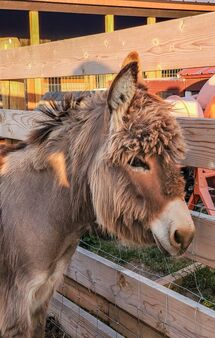 Dear Diary, I took the time for a prenatal brushing today. Oh. My. Goodness. It was dreamy. I've been putting it off, because I was afraid it would be uncomfortable and I'm just not in the mood recently. Fortissimo kept telling me I needed to just try it. She's been getting one regularly and always raptures over it. I thought she was just being dramatic, but I was wrong. Now, here's hoping it will get things going and baby will arrive soon! I was so excited to be having a baby close to Forte's baby, but now I'm second-guessing it. She's been kind of rude lately. I've tried so hard to be there for her, since it's her first pregnancy. But she's been avoiding me the last few weeks - even worse, she's been quite snappish. I don't know what to make of it. I'll chalk it up to pregnancy hormones and hope I'm right. I miss our fun times together. Watching Speck's with her little one has me feeling quite antsy to meet this sweet baby. 14 months is such a long time! I do hope my baby won't be as rowdy at night as Stratus though. Horses are so dramatic. Speaking of horses and sleeping...What do you call a horse that likes to stay up late? (Looking at you, Speck's) A night mare. Hahaha - I need to remember that one. Anyway, I'm going to call it a night and try to get some sleep in before baby makes his/her arrival! -Minuet |
AuthorHey, I'm Stef! I'm the person behind the photos and the words, but the farm work you see is a family effort. Archives
March 2024
Categories |
Proudly powered by Weebly
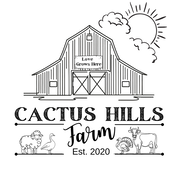
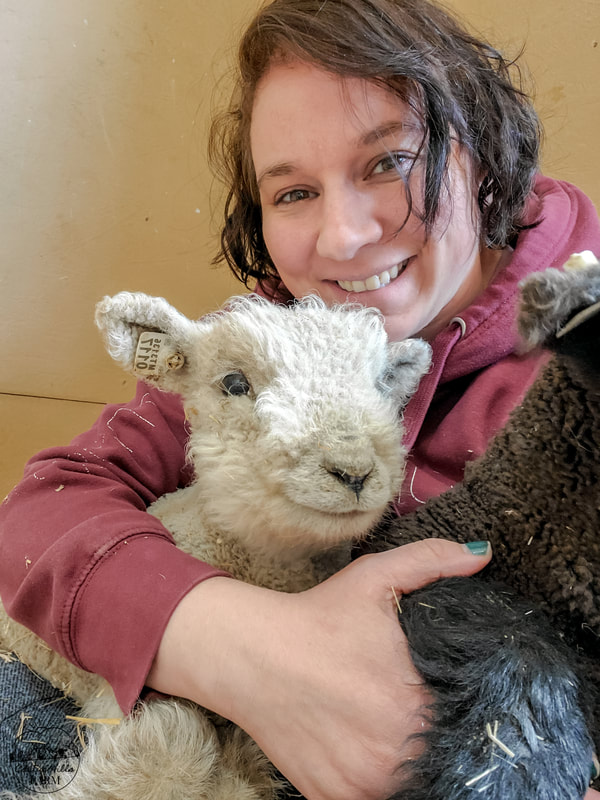
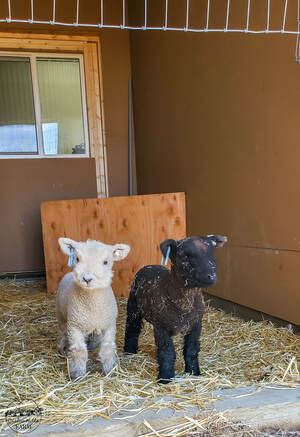
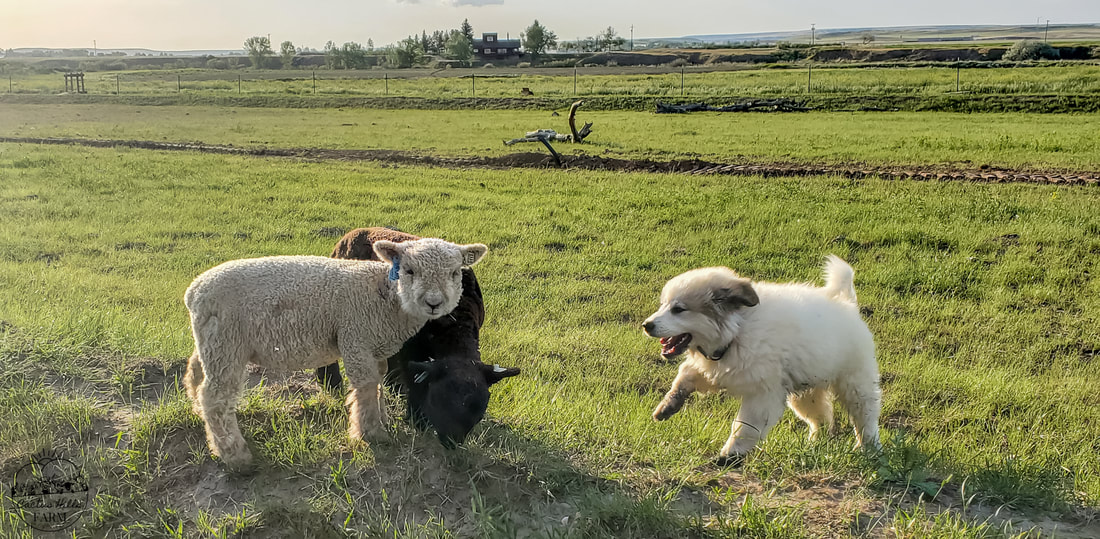
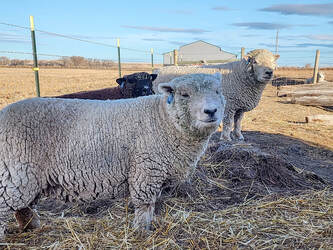
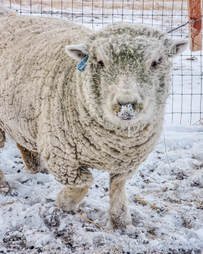
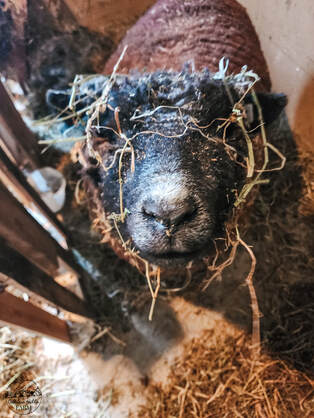
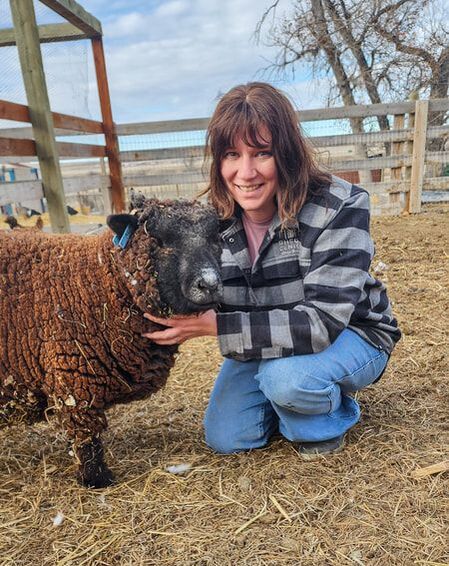
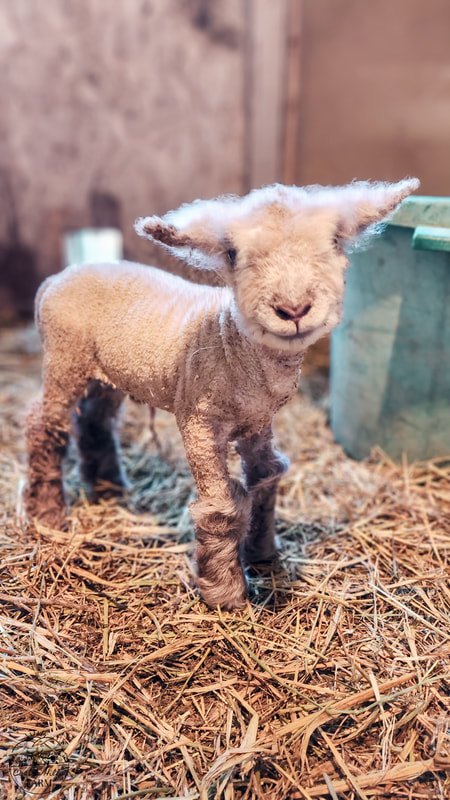
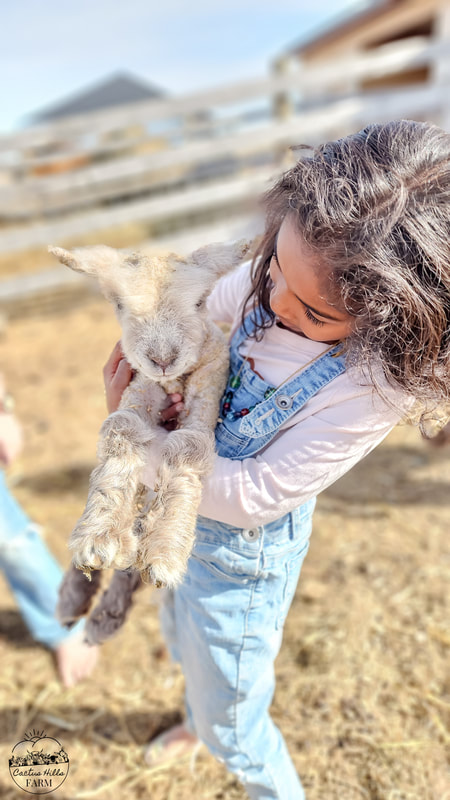
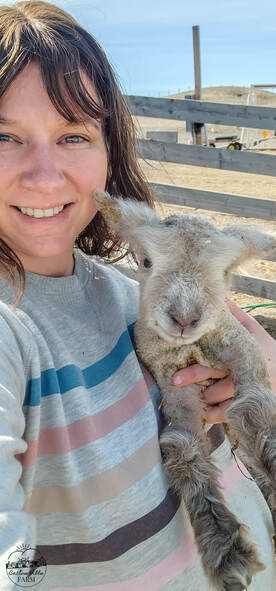
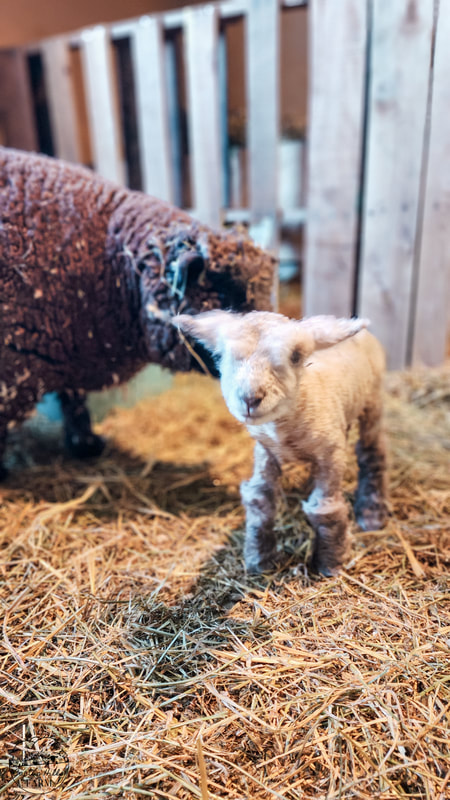
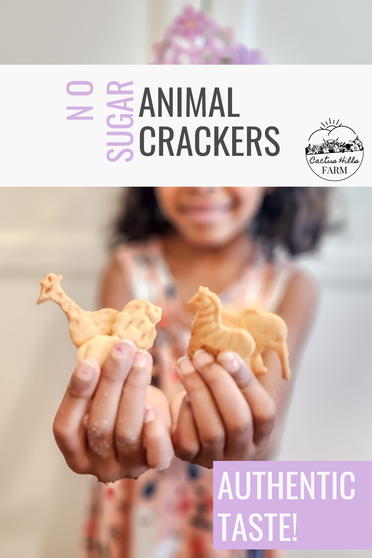
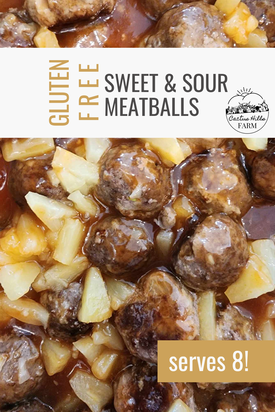
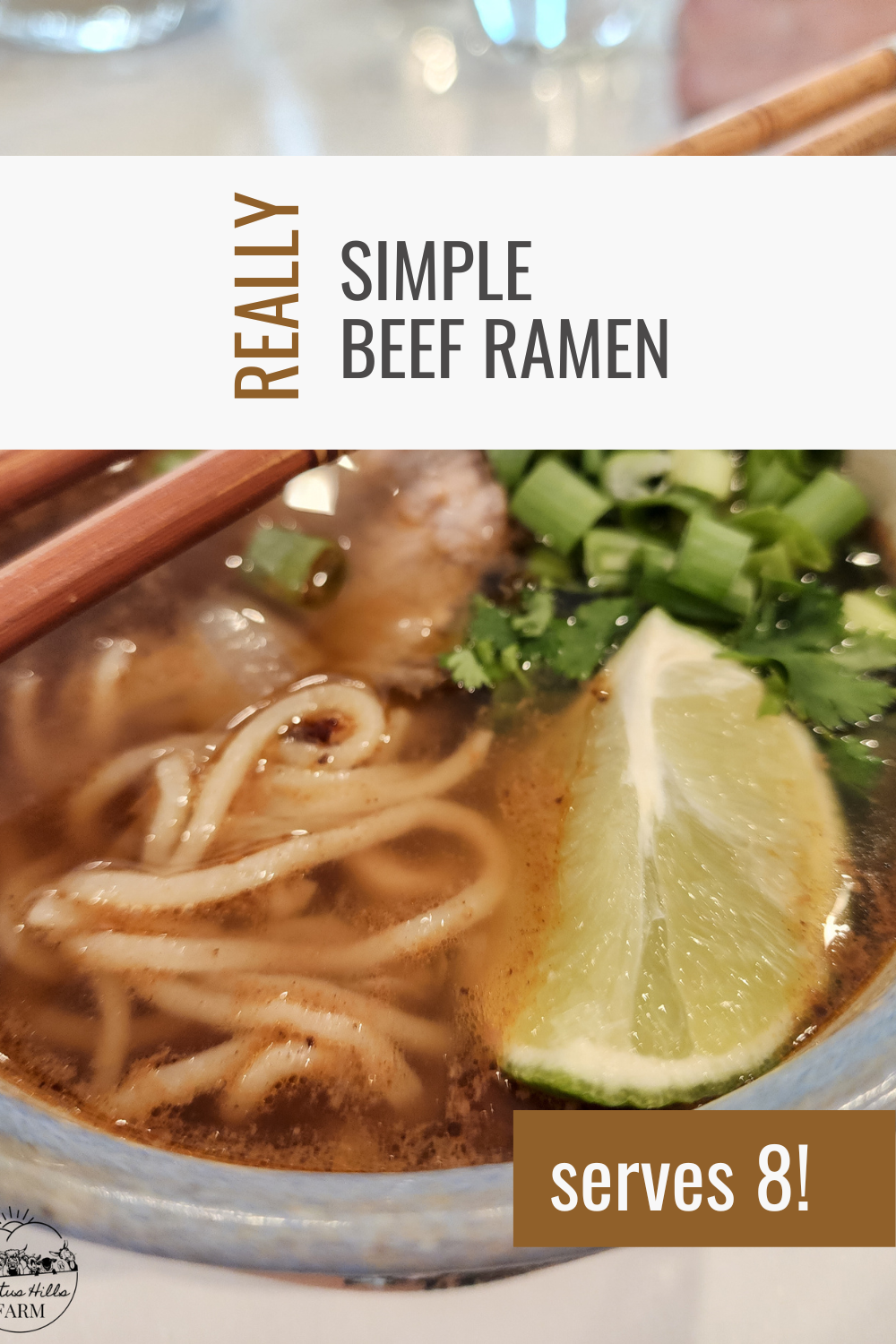
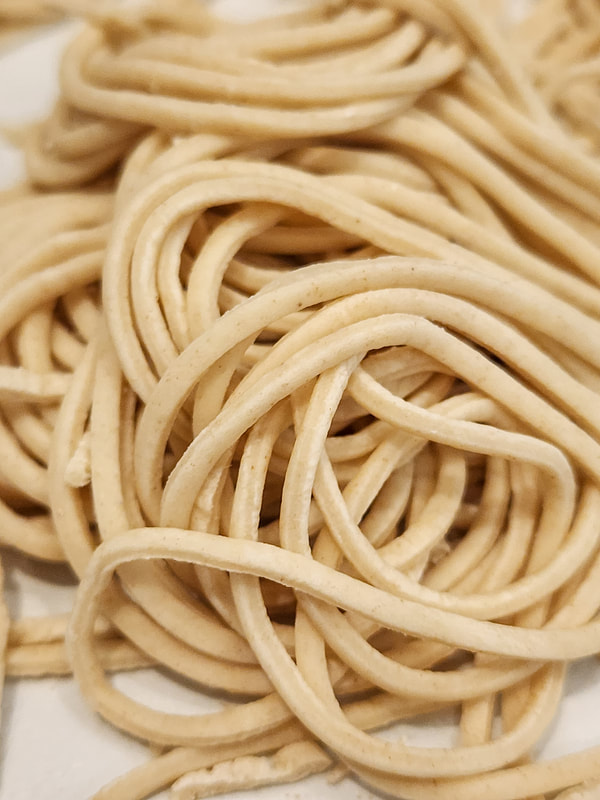
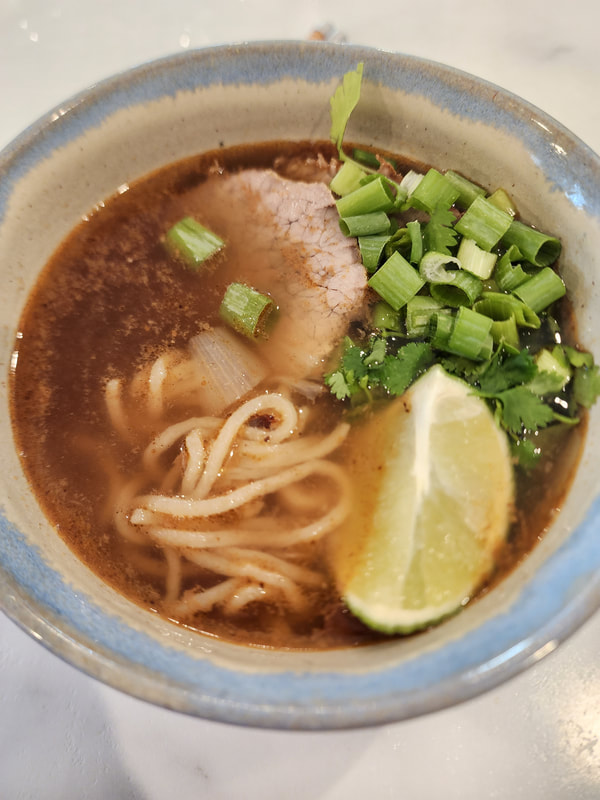
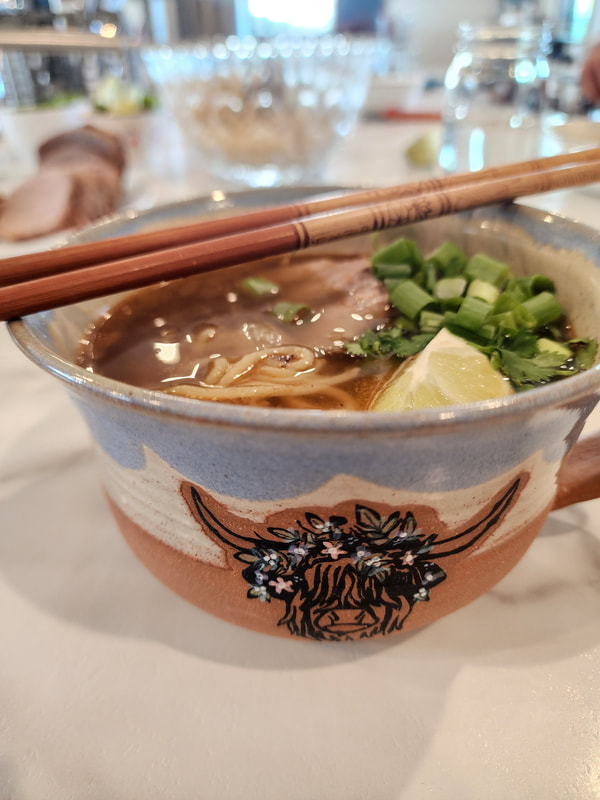
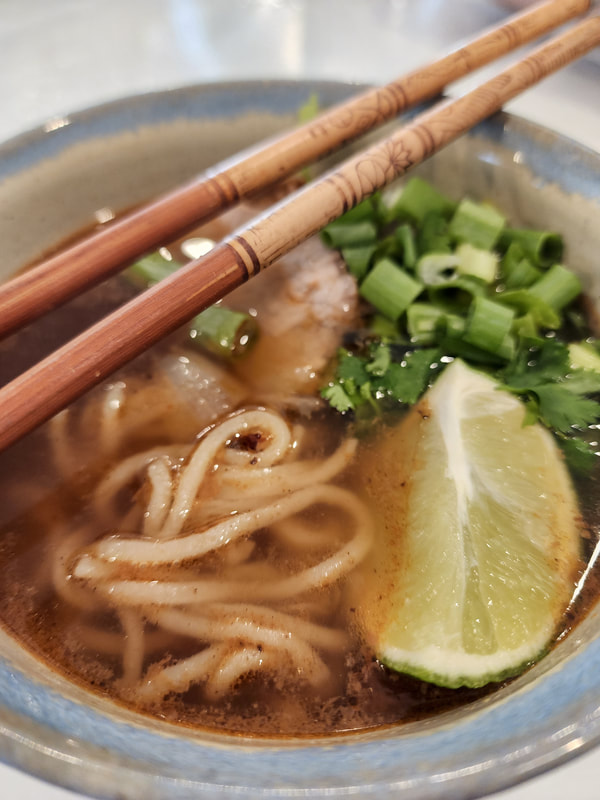
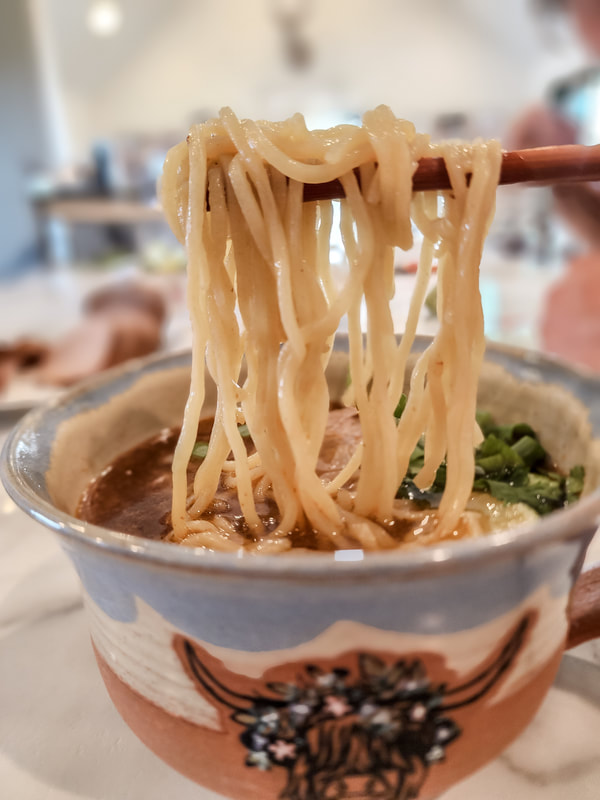
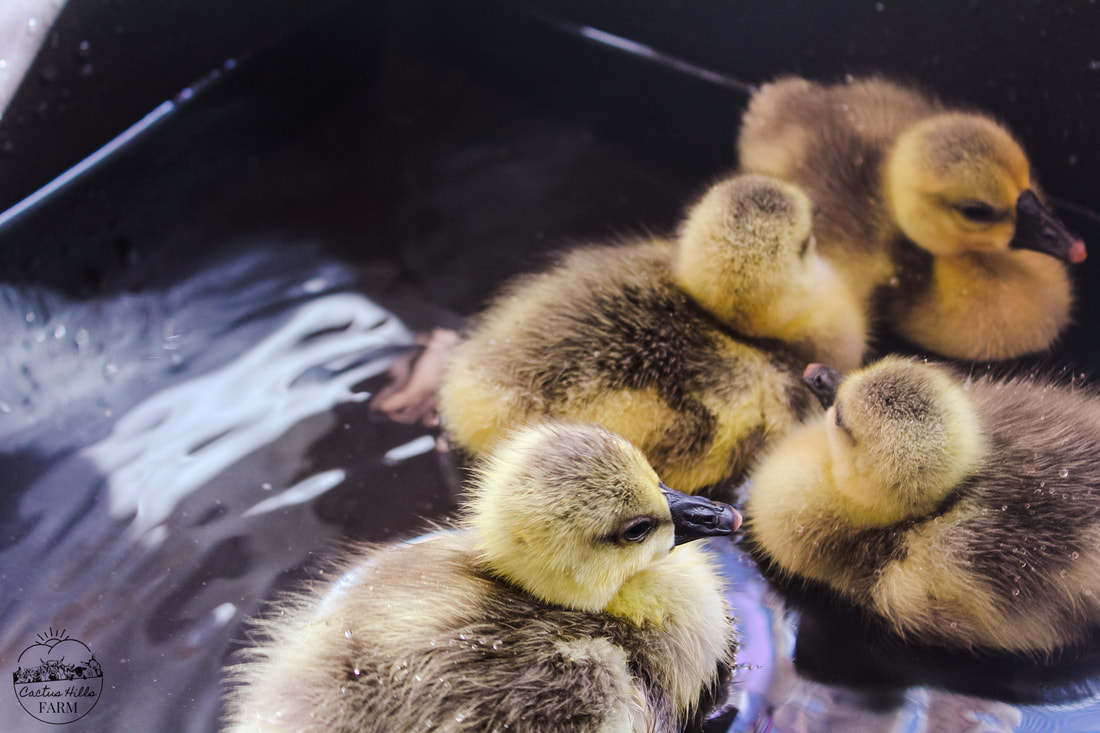
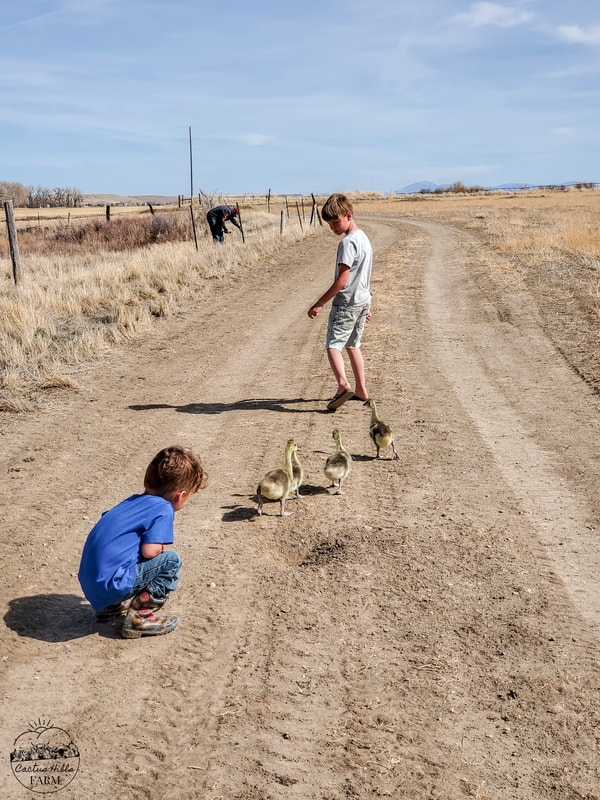
 RSS Feed
RSS Feed